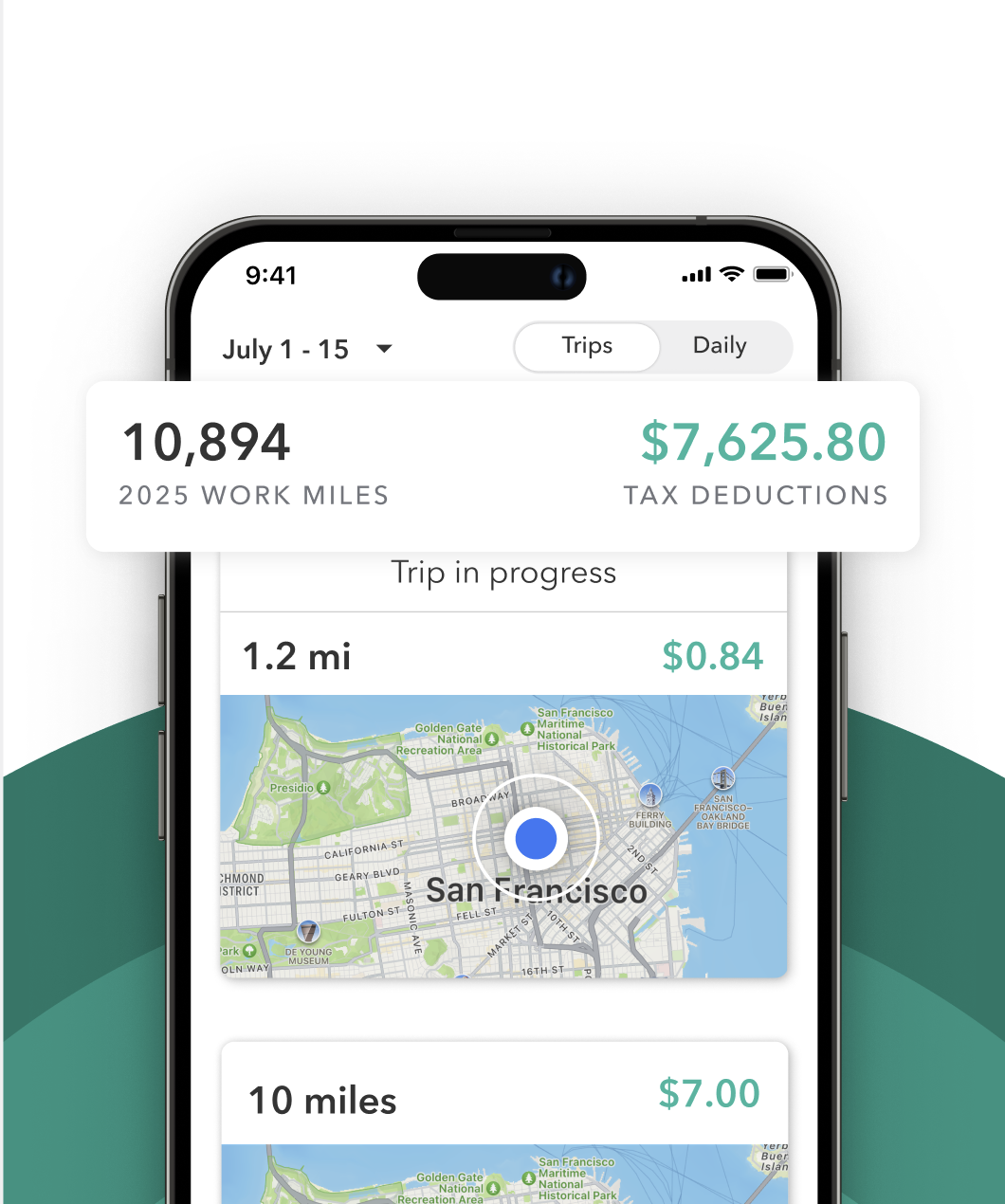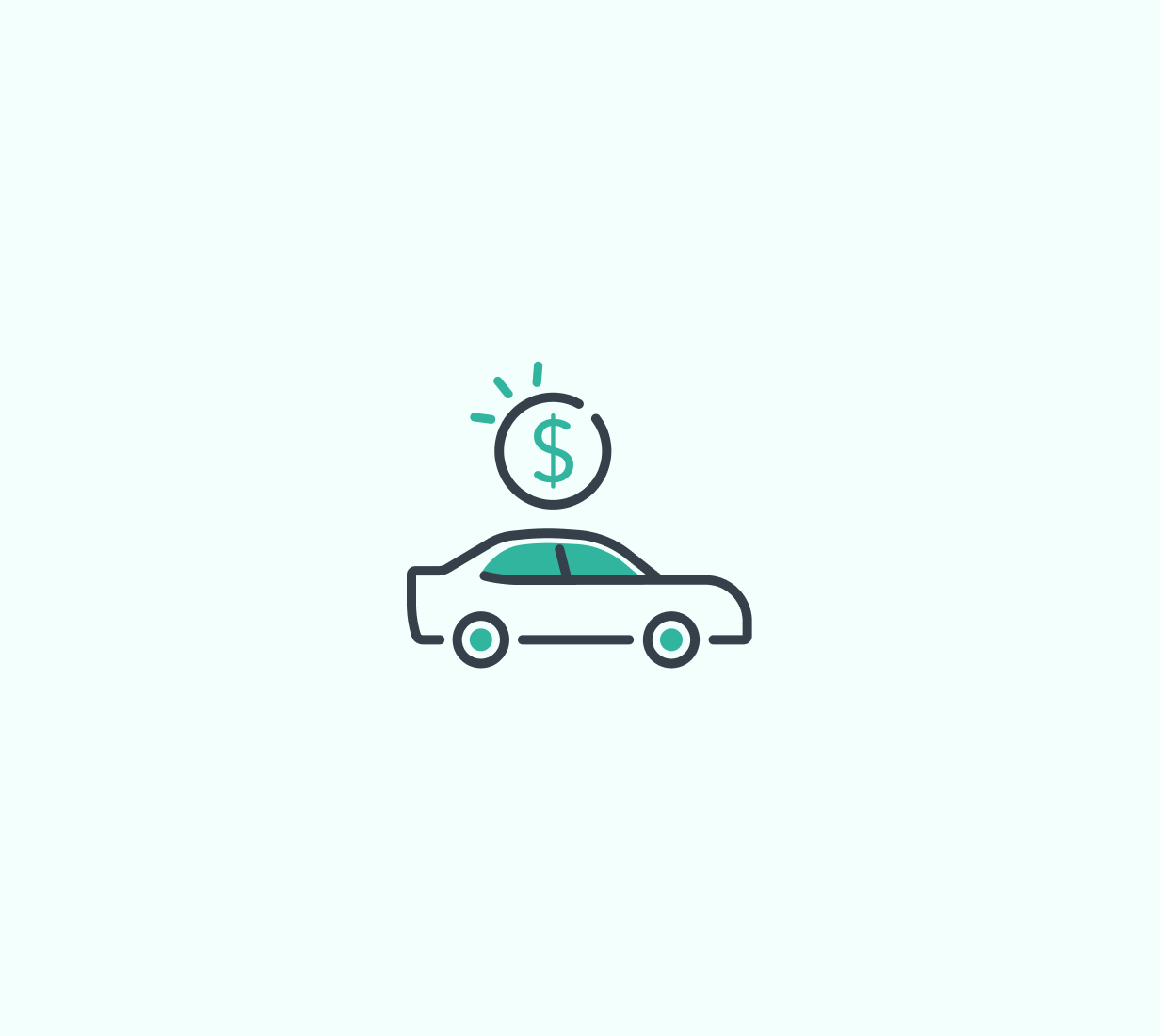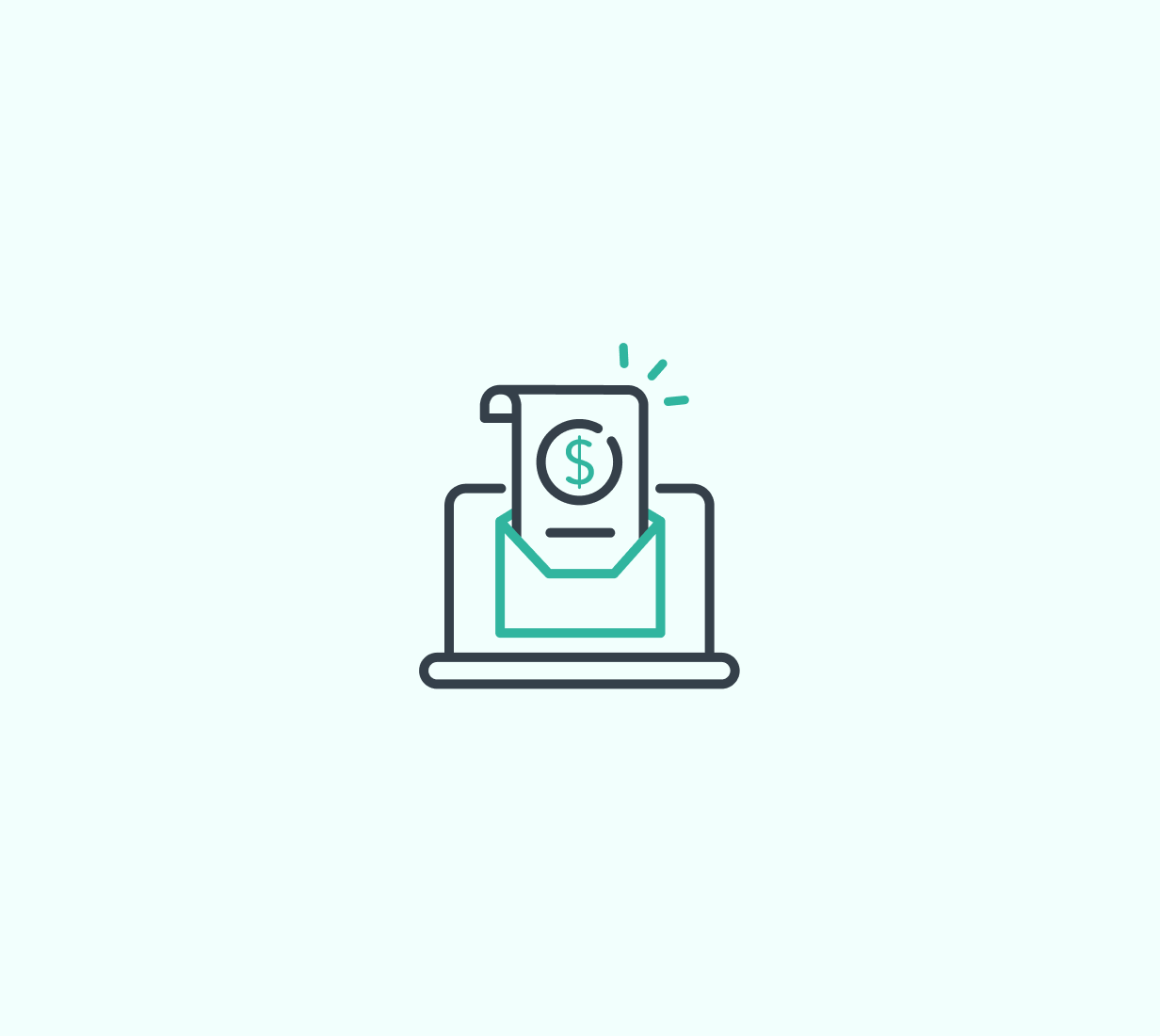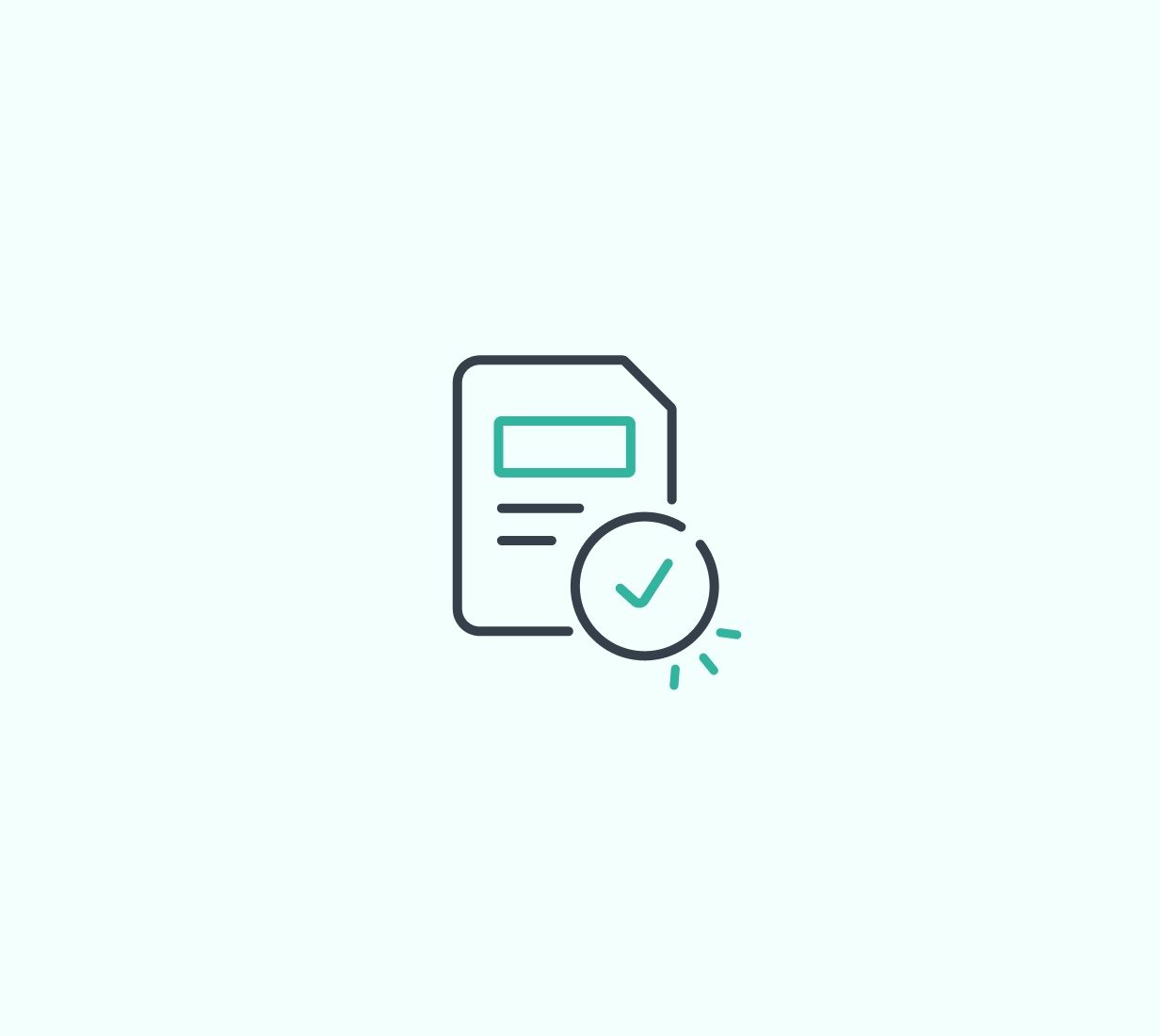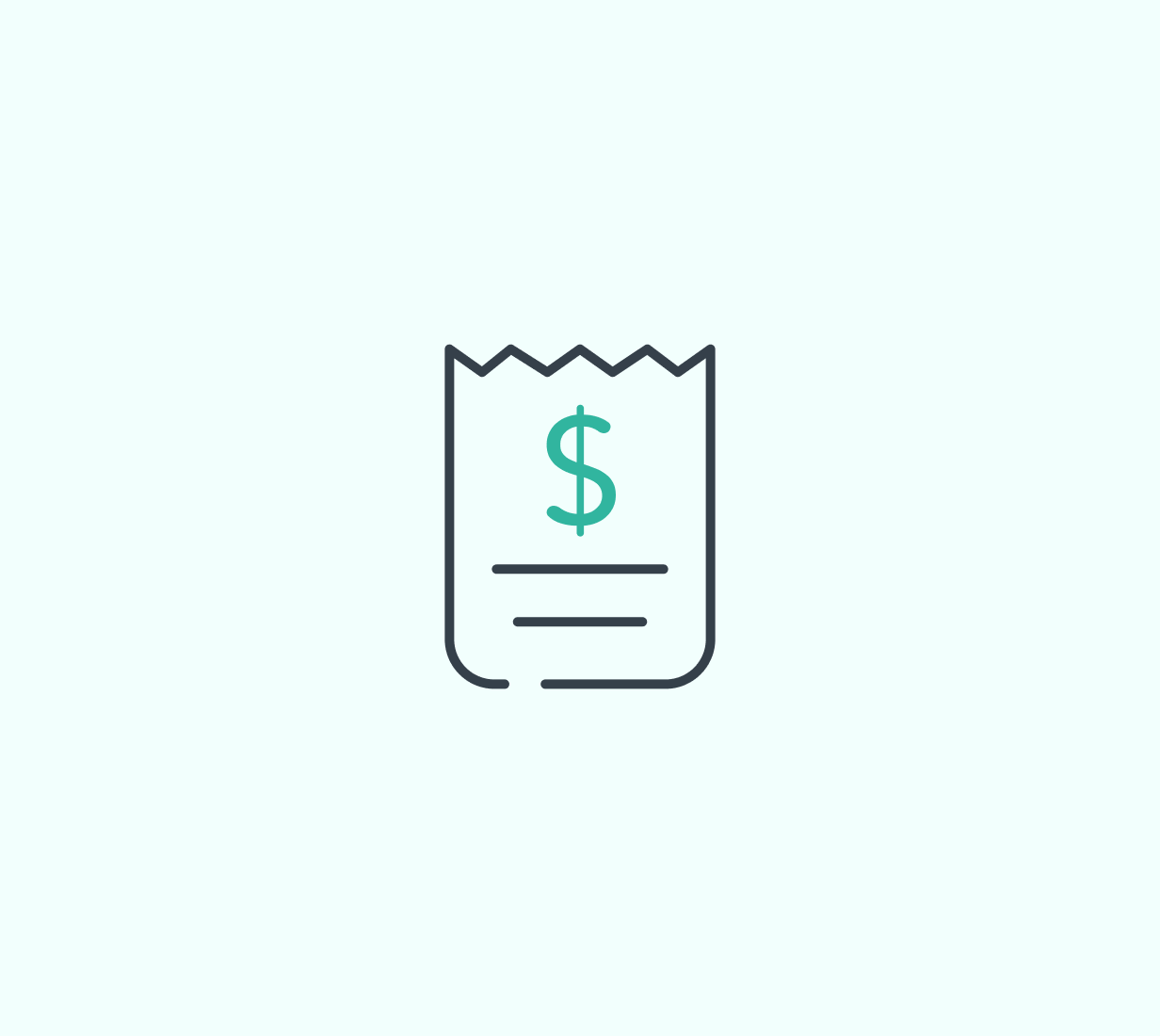Amazon Flex is a delivery program that lets individuals deliver packages for Amazon using their own vehicle. It’s a flexible side hustle that allows drivers to pick their own hours and get paid per delivery block.
If you’re considering Amazon Flex to boost your income, here’s what you need to know about how pay works, how much you can expect to make, and tips for earning more.
How Amazon Flex pay works
Amazon Flex drivers are paid for completing delivery blocks, which are scheduled in advance and usually last 2 to 4 hours. Each block includes a guaranteed payout based on time and distance, and you’ll see the pay range before accepting.
You’ll deliver:
- Amazon.com packages (using the Amazon delivery app)
- Prime Now and Amazon Fresh orders (including groceries)
- Store orders from local businesses
- Return pickups or other special services
Payments are made twice a week via direct deposit.
Average Amazon Flex pay
On average, most drivers report earning between $18 to $25 per hour, depending on location, type of delivery, and efficiency. Each block typically pays $36 to $100, and the exact rate depends on:
- Your local market
- Type of delivery (groceries, standard packages, etc.)
- Traffic, parking availability, and delivery volume
Some drivers in busier cities or during peak times (like holidays) report earning over $25 per hour consistently.
Factors that affect your earnings
Market demand
Urban areas with higher order volumes tend to have more delivery blocks and better pay rates. Rural areas may have fewer opportunities or lower block pay.
Delivery type
Grocery and Prime Now blocks can involve more physical work (carrying bags or meeting tight delivery windows) but often come with higher payouts.
Efficiency
Finishing a delivery block early doesn’t increase pay, but the extra time can be used to pick up another block or deliver for other platforms.
Vehicle costs
Since you’re using your own vehicle, your earnings are reduced by common vehicle expenses such as gas, maintenance, insurance, and other costs. Tracking these is important for understanding your true income, but also can be great tax deductions for your Flex business.
Tips to increase your Amazon Flex income
Grab high-paying blocks
Use the app regularly and turn on notifications to be the first to grab high-paying or surge-priced delivery blocks.
Know your area
Being familiar with local traffic patterns, apartment layouts, and parking options can make your deliveries faster and less stressful.
Work during busy times
Evenings, weekends, and holidays usually come with higher demand and better pay. Try to schedule during these peak periods for maximum earnings.
Track your mileage and expenses
Amazon Flex drivers are independent contractors, which means you’re responsible for your own taxes. You can deduct business mileage and expenses to lower your tax bill. Using a mileage tracking app for Amazon Flex like Everlance can help automate this and keep your records organized.
Tax considerations for Amazon Flex drivers
Since you’re self-employed, you’ll likely need to file a Schedule C and pay self-employment tax. Fortunately, you can write off many business-related expenses, such as:
- Mileage or vehicle expenses
- Phone usage
- Car insurance (partial)
- Tolls and parking
- Delivery gear (insulated bags, phone mounts)
You must choose between using the IRS mileage rate or actual expense method when writing off your car, so tracking both can help you decide which saves you more money.
Is Amazon Flex worth it?
If you’re looking for flexible hours, decent pay, and control over your schedule, Amazon Flex is a solid choice. It can be a profitable side gig, especially when combined with other delivery apps. Just remember to account for vehicle costs and taxes to get a clear picture of your take-home earnings.



